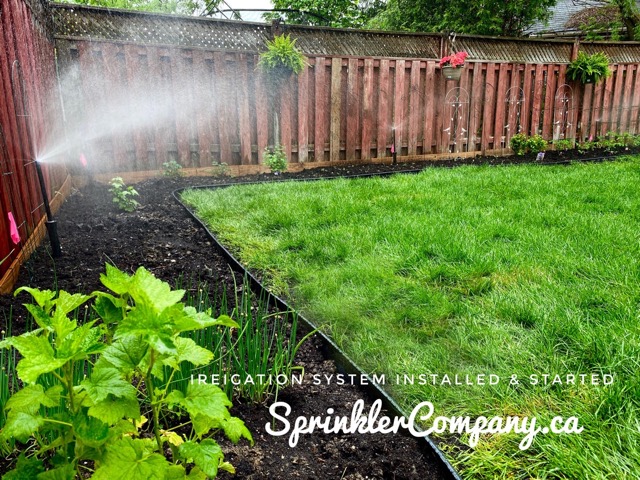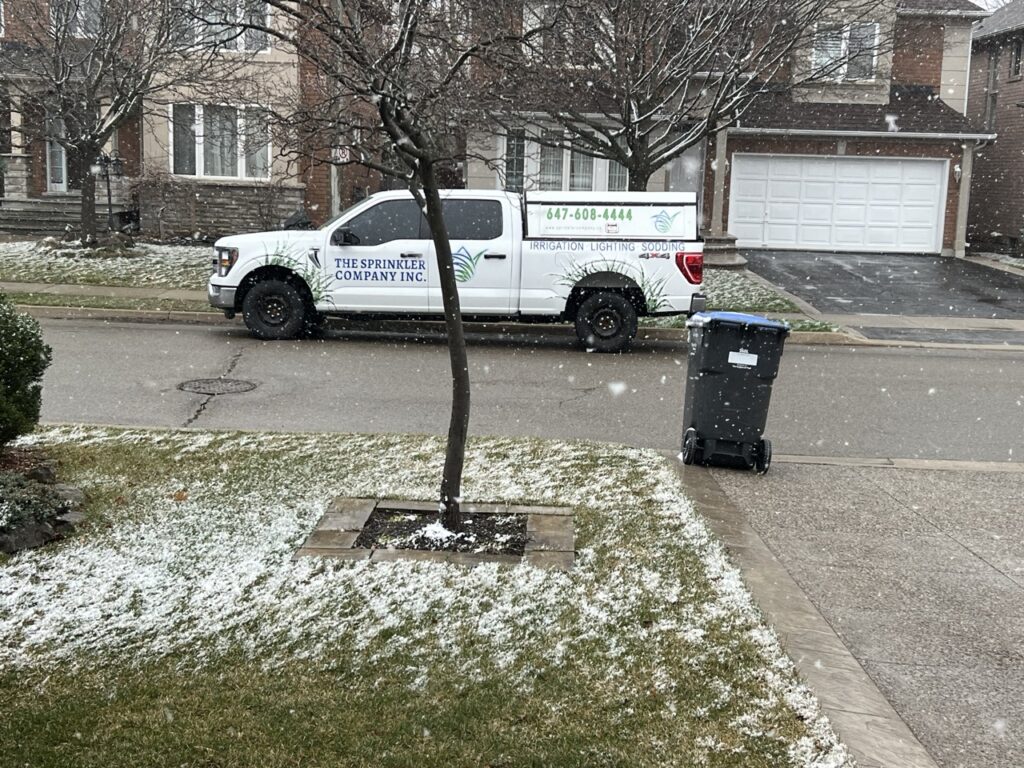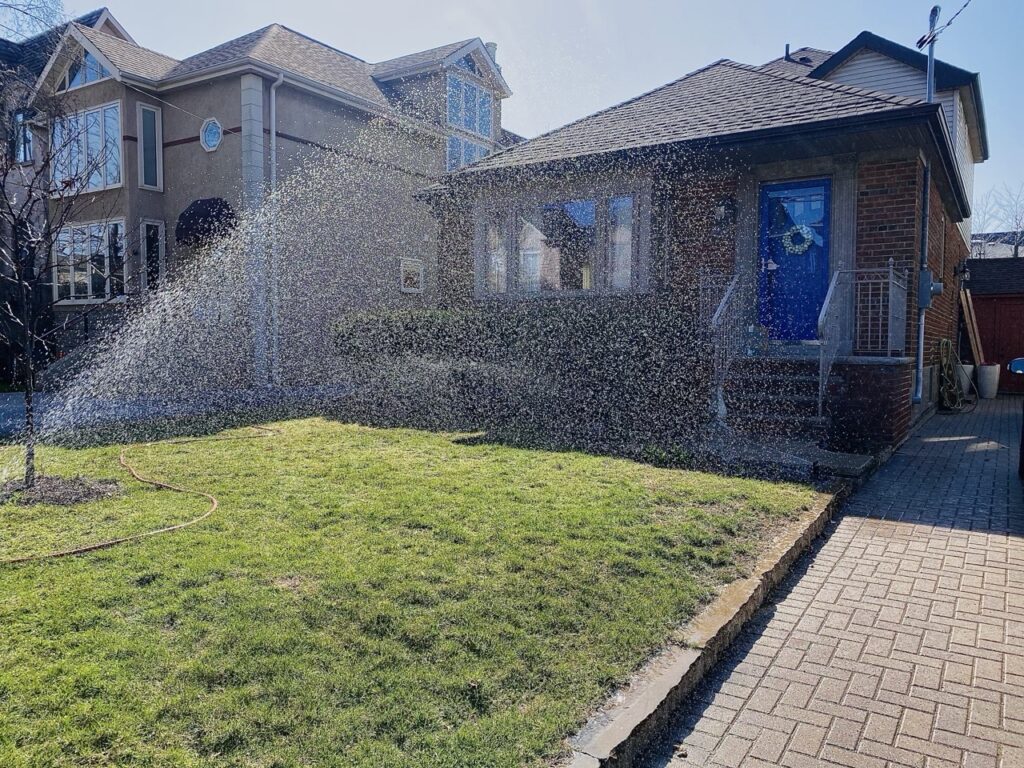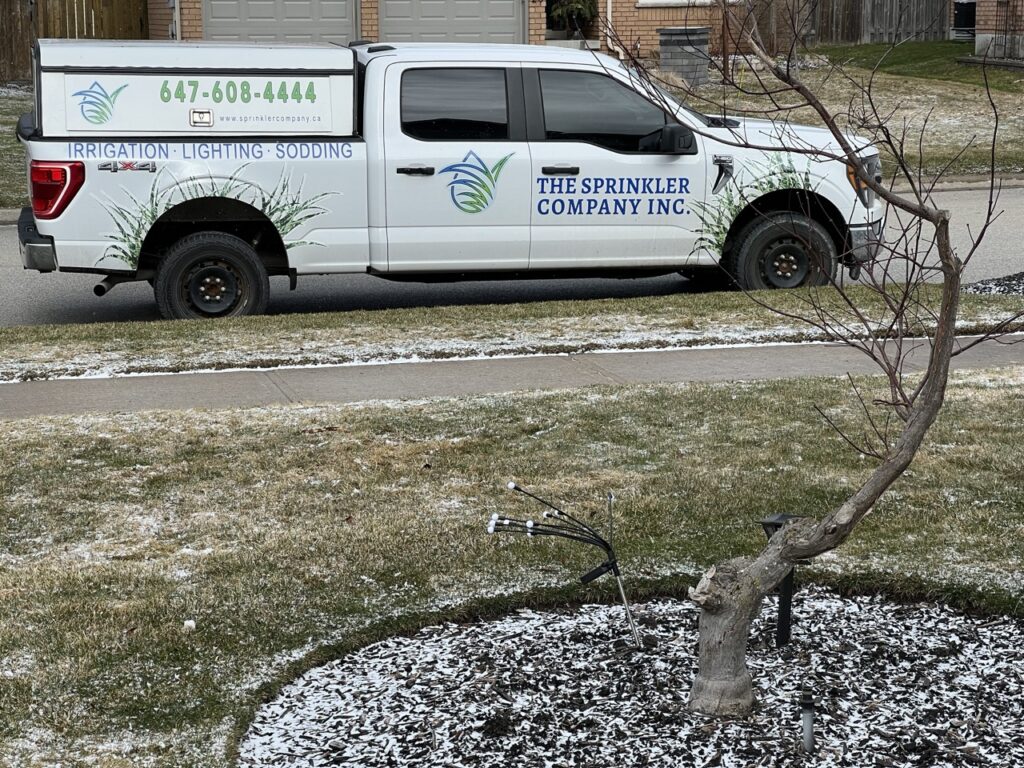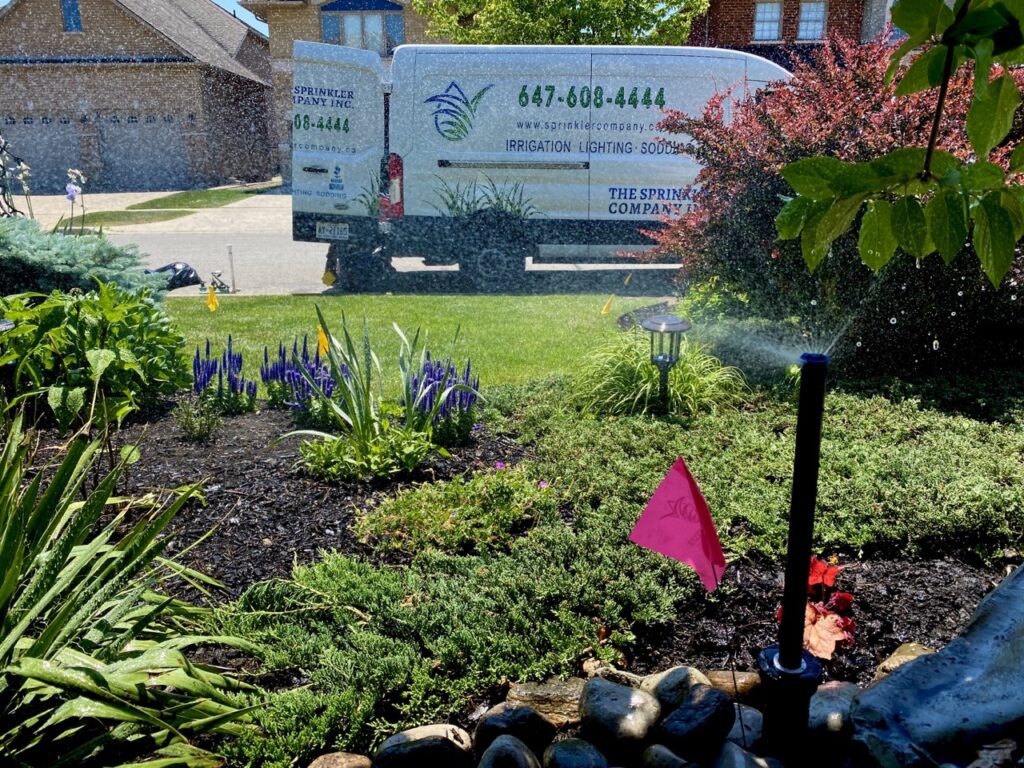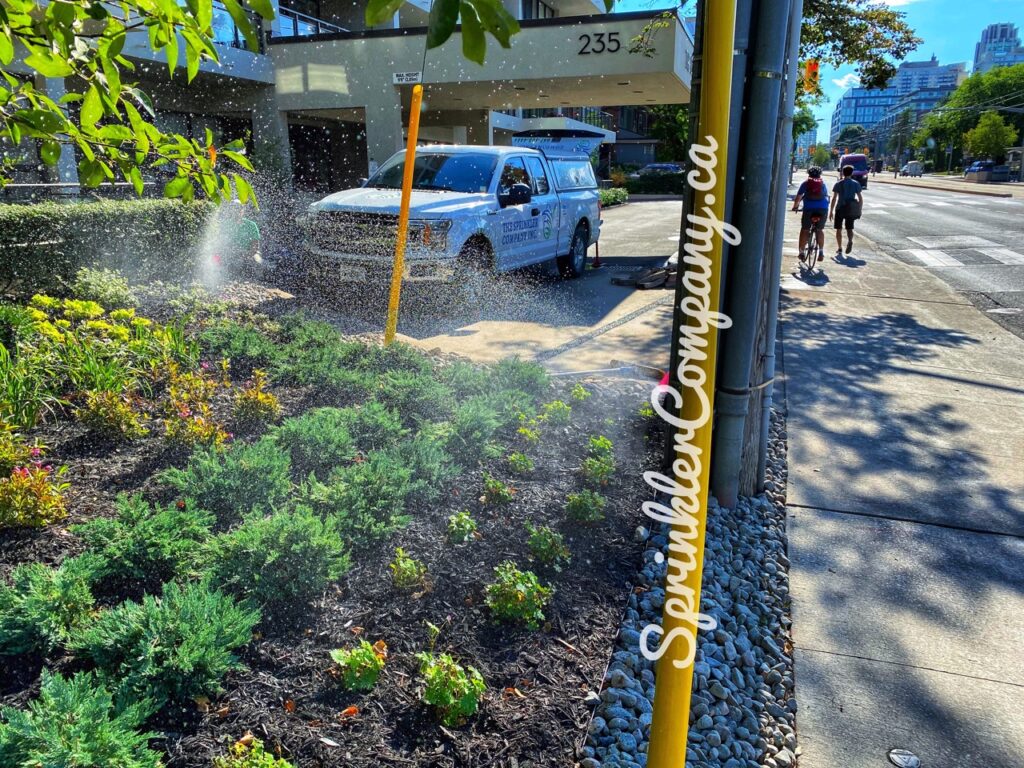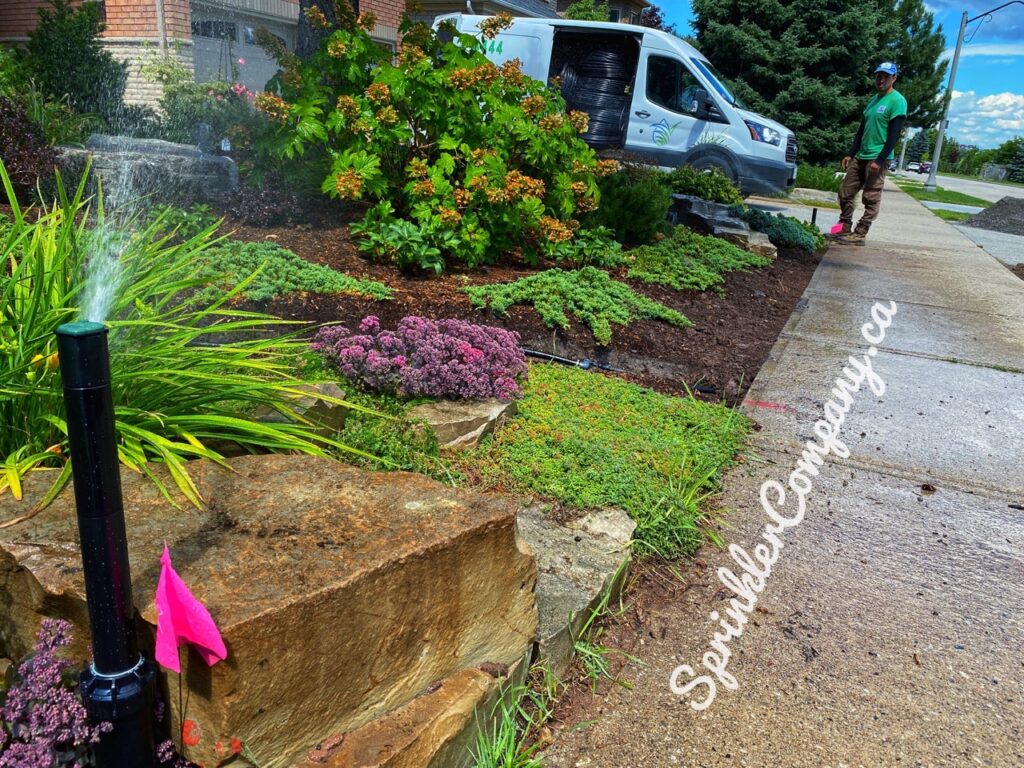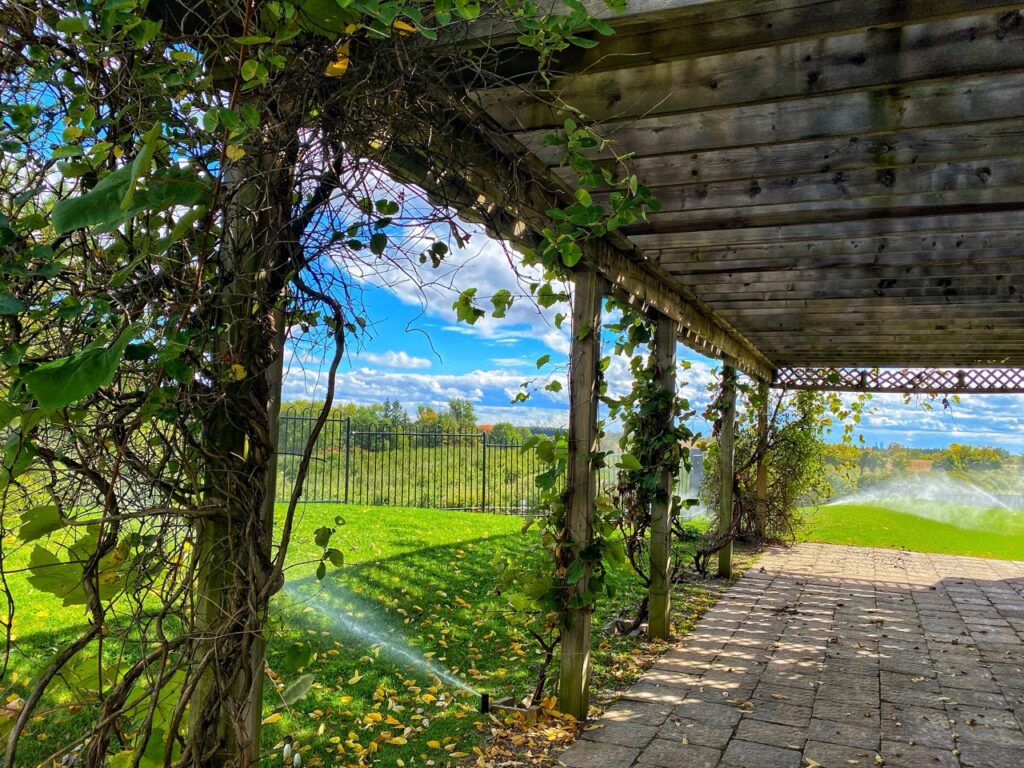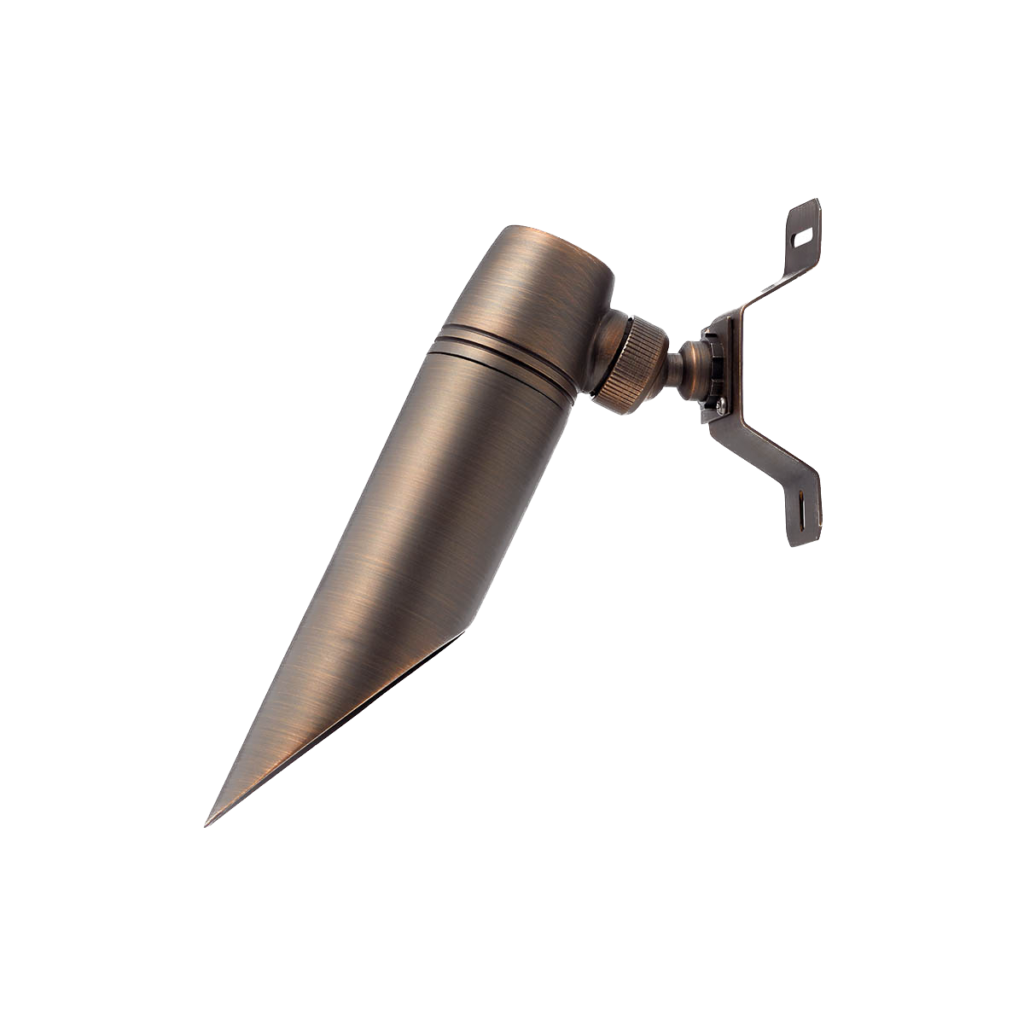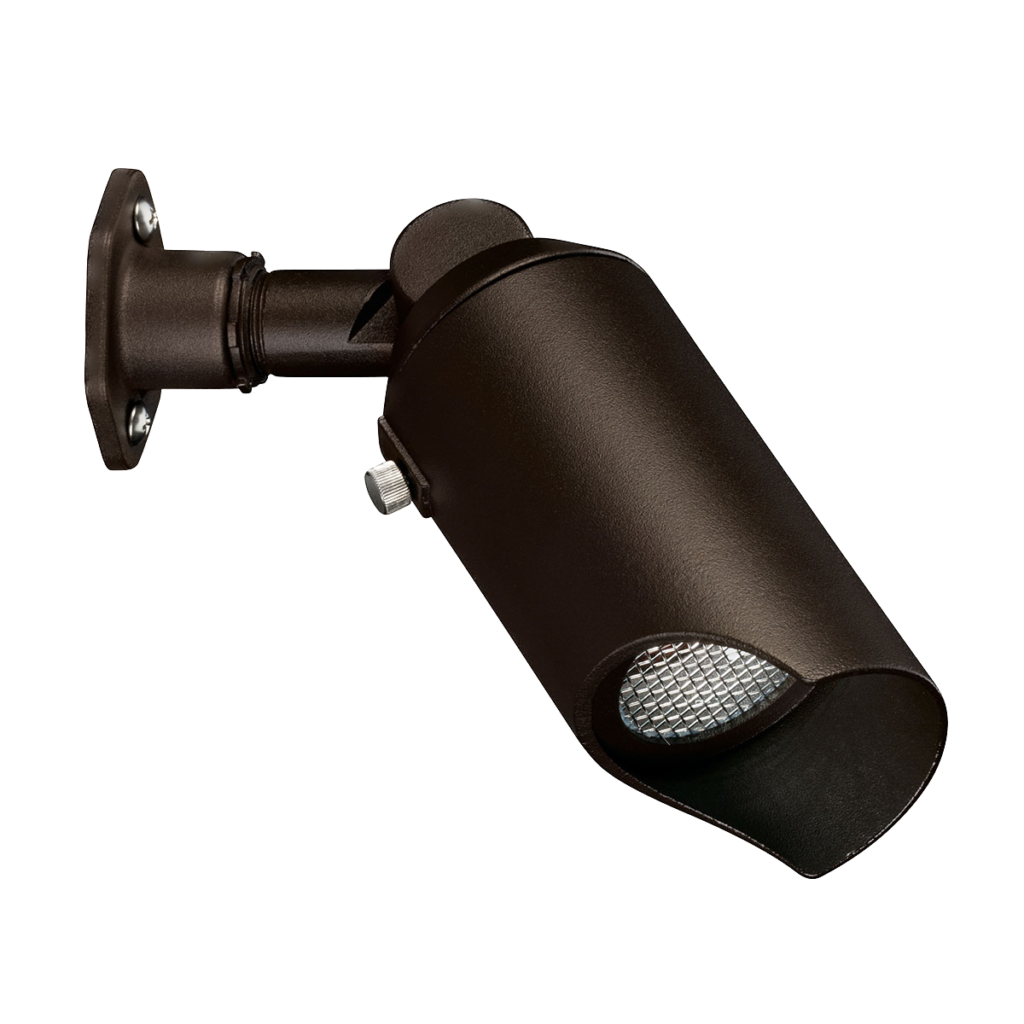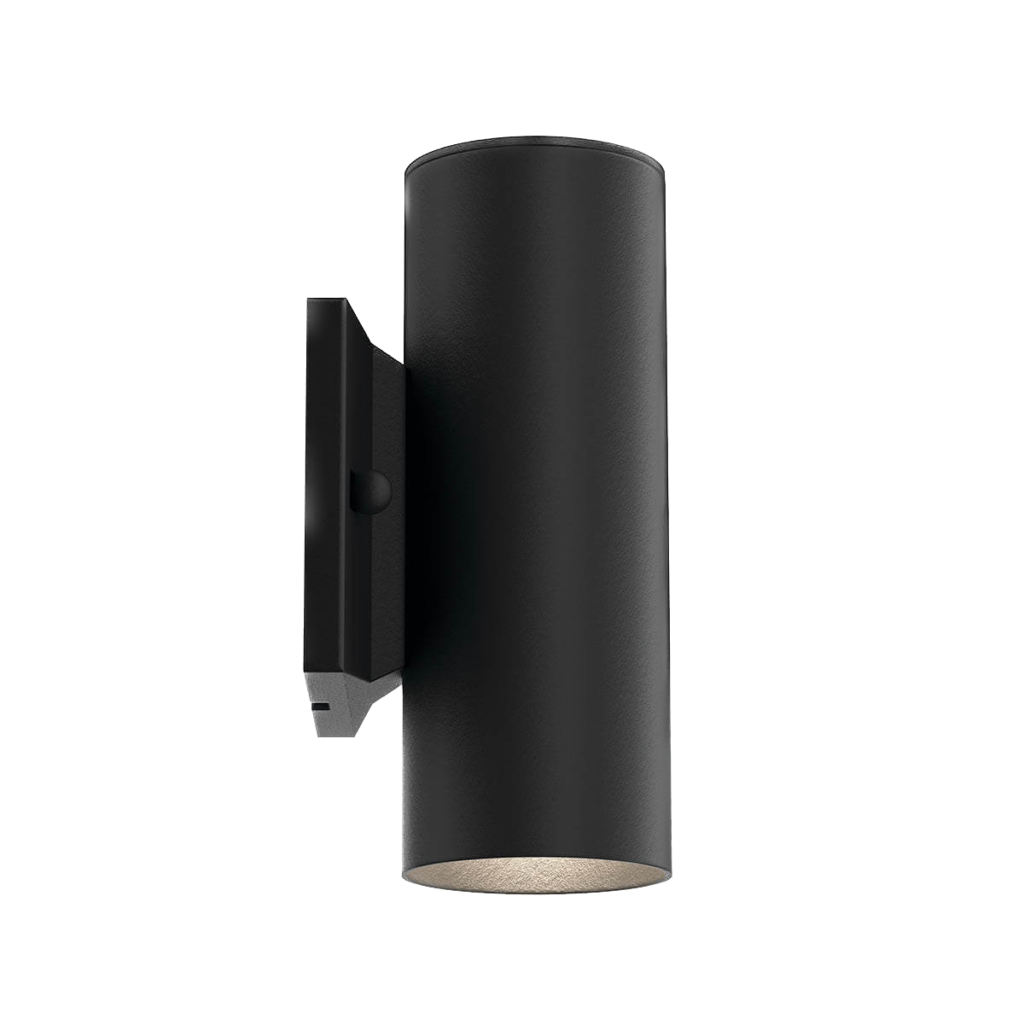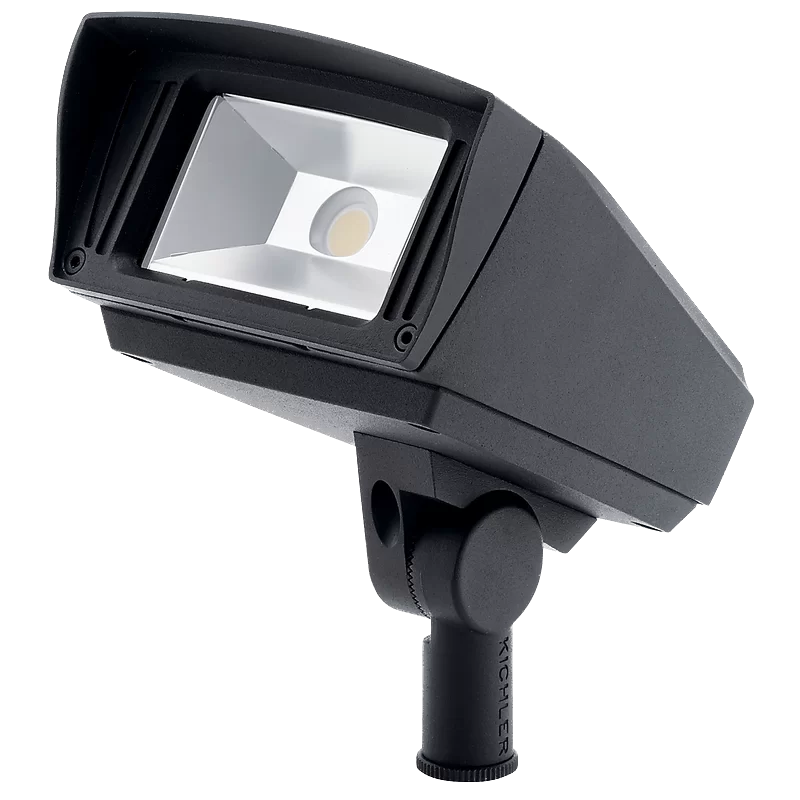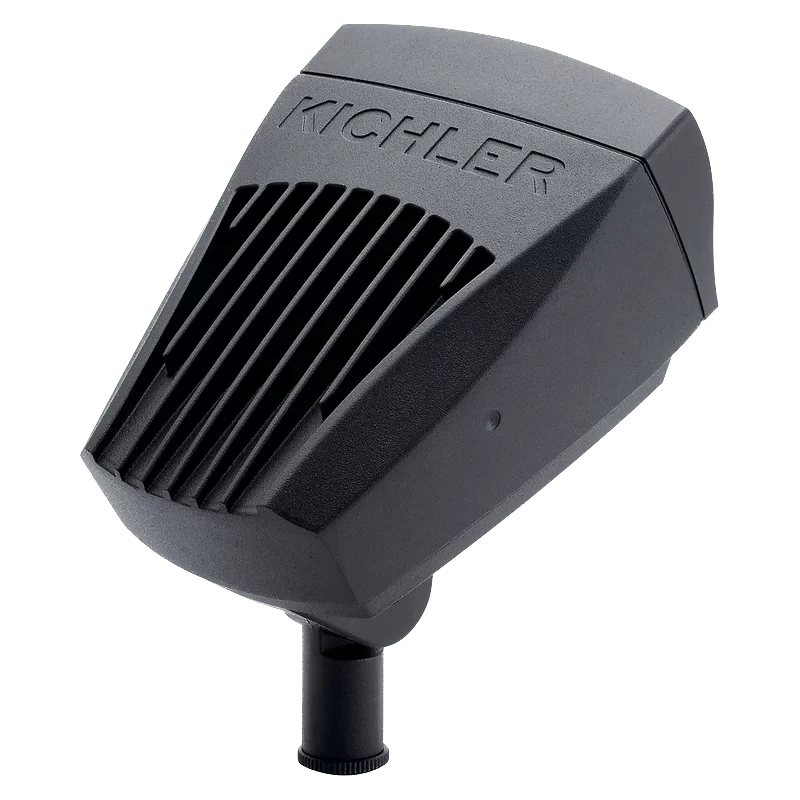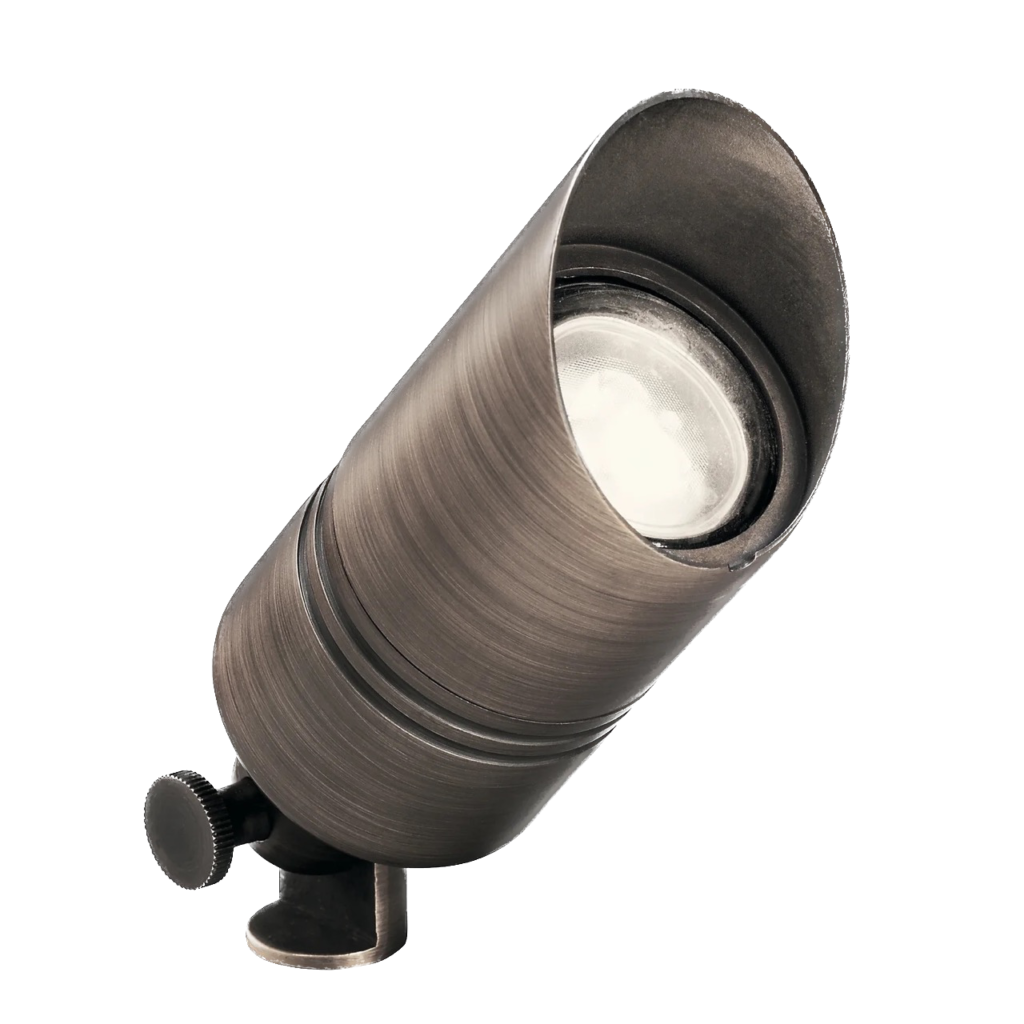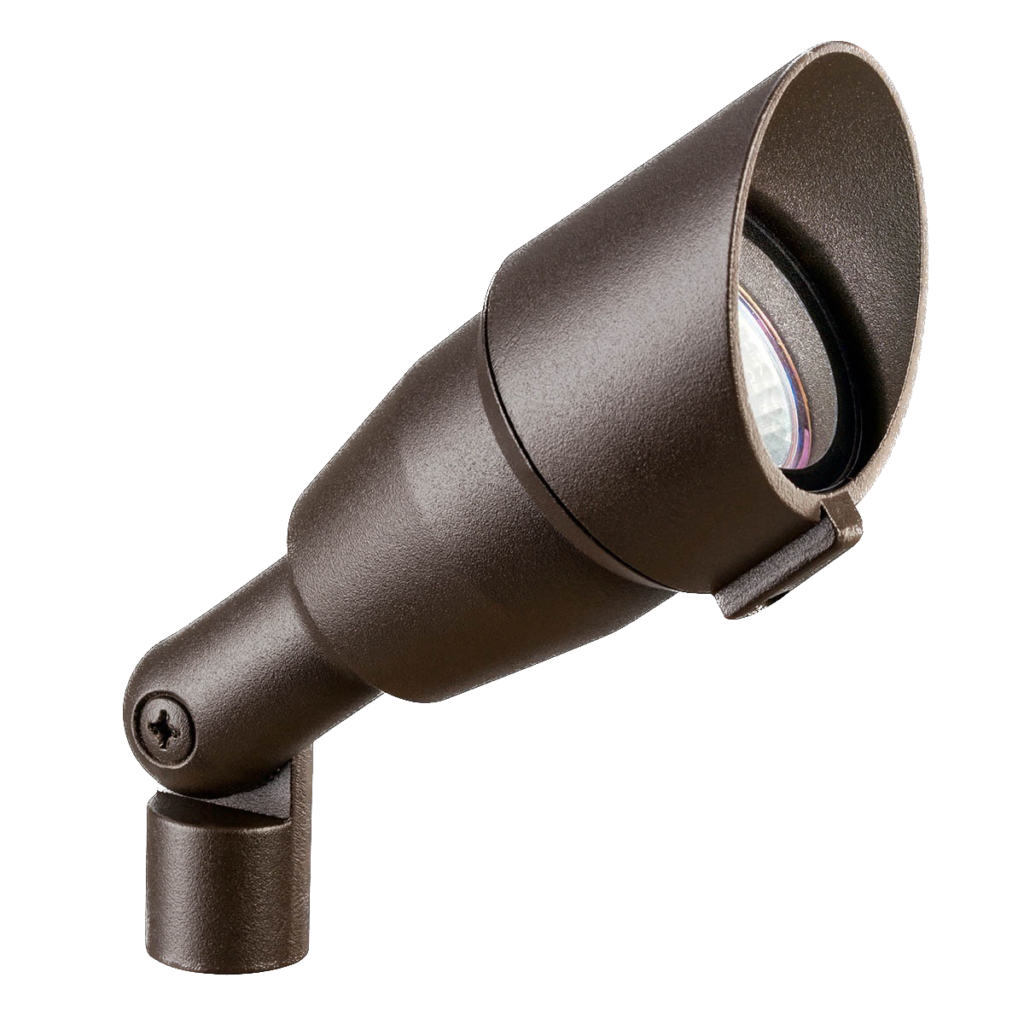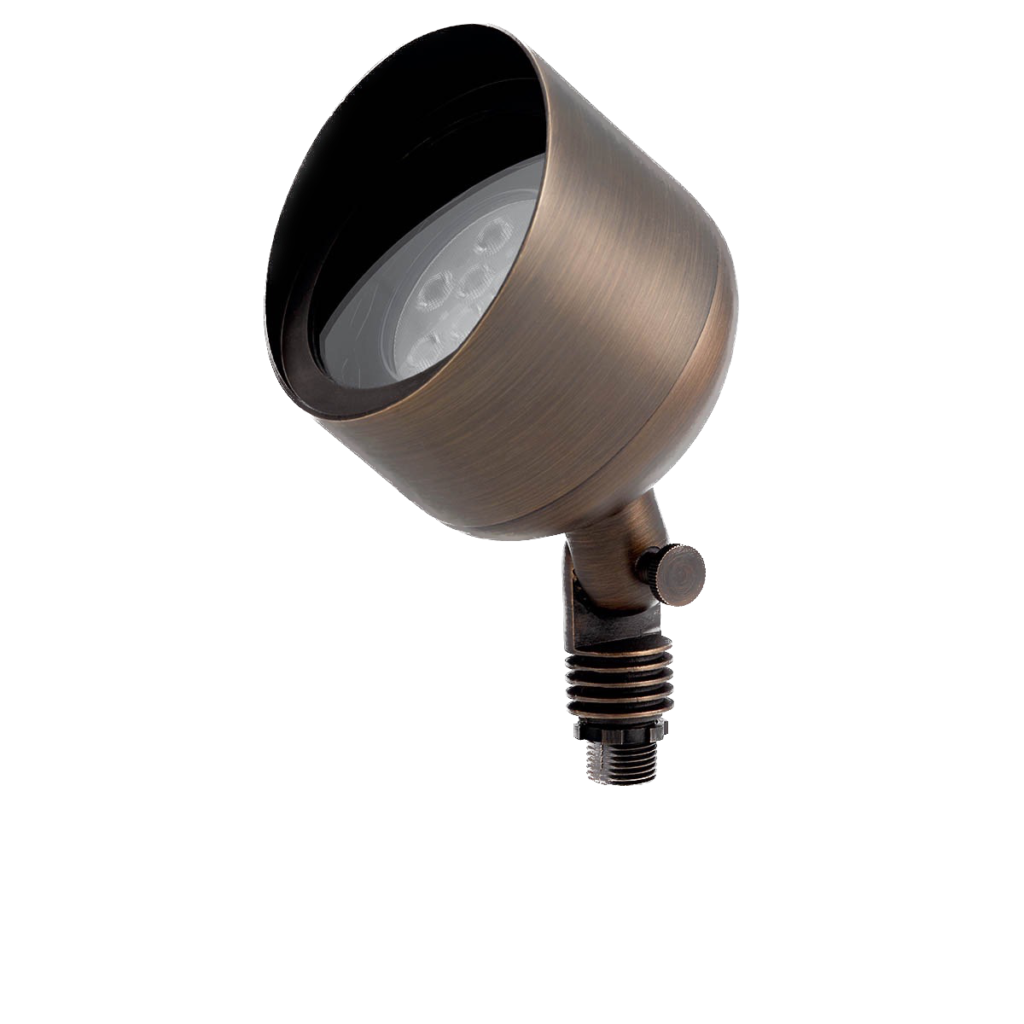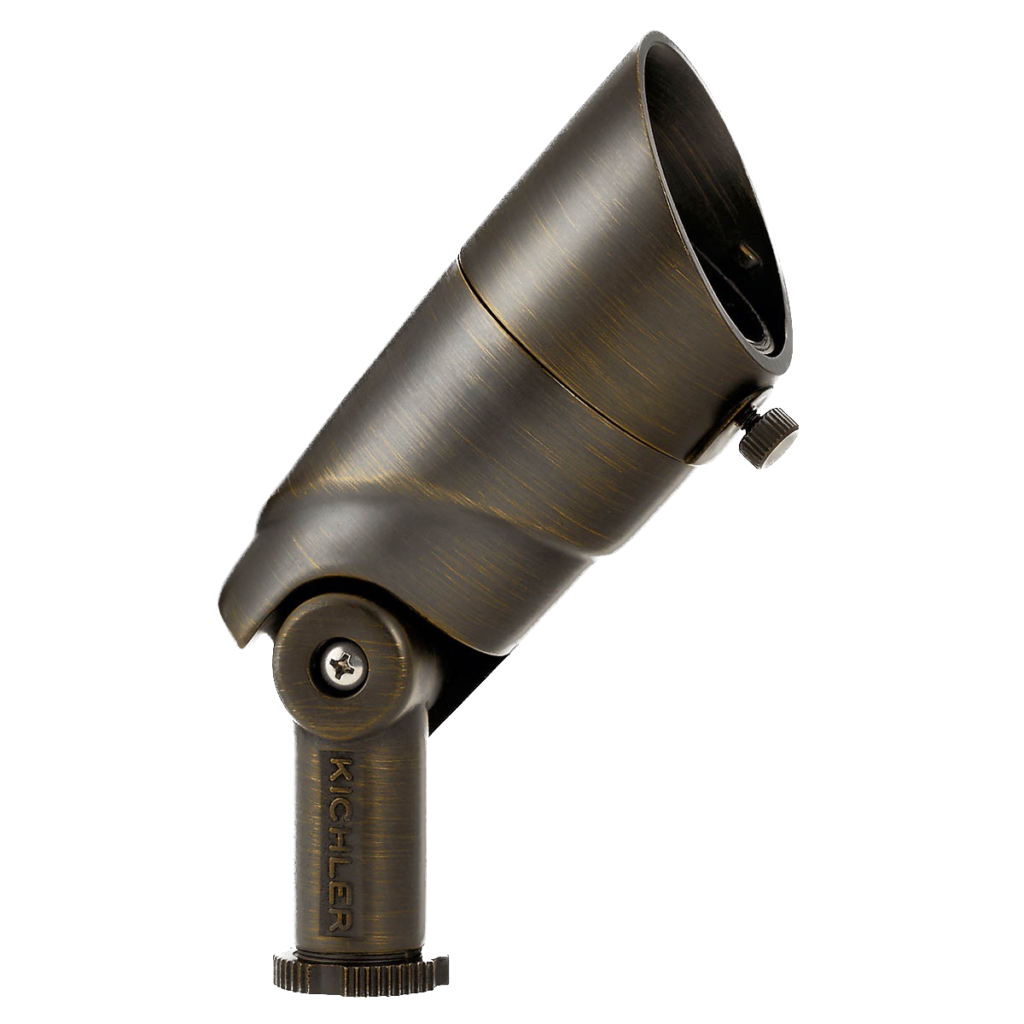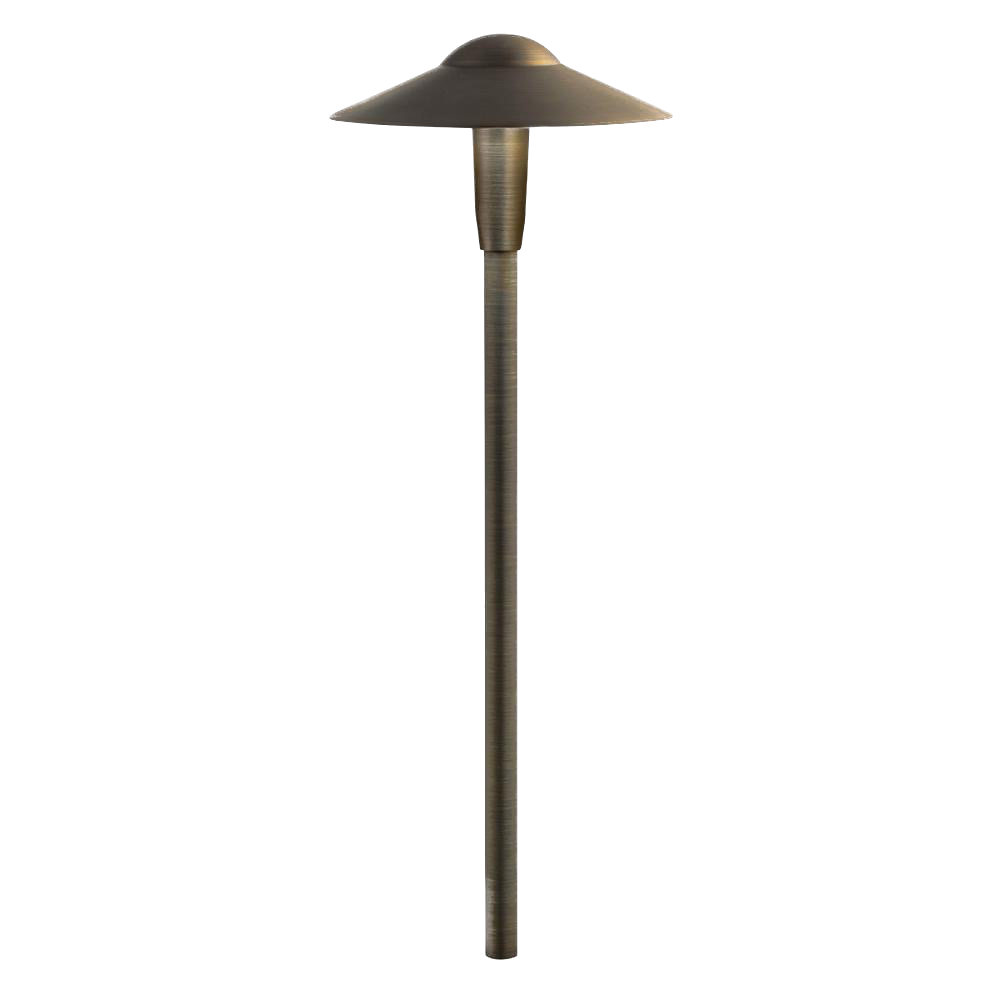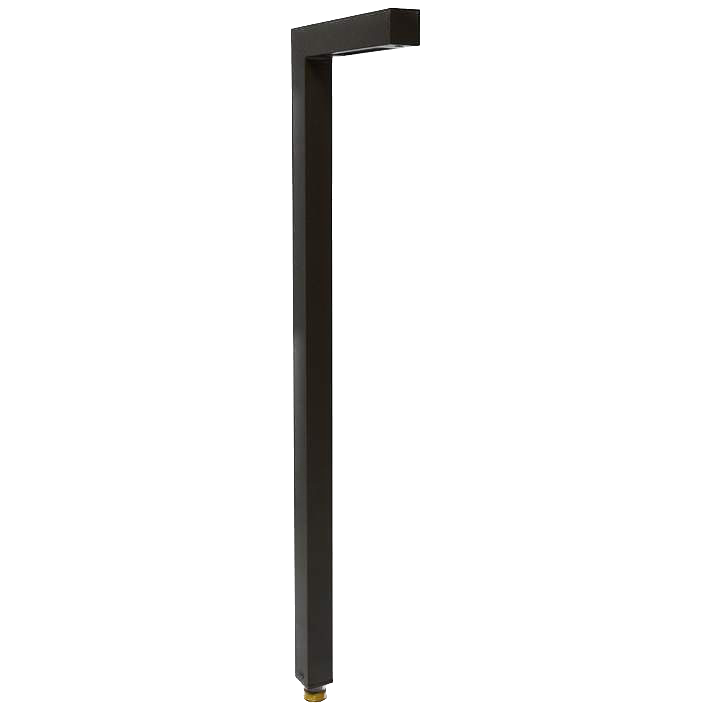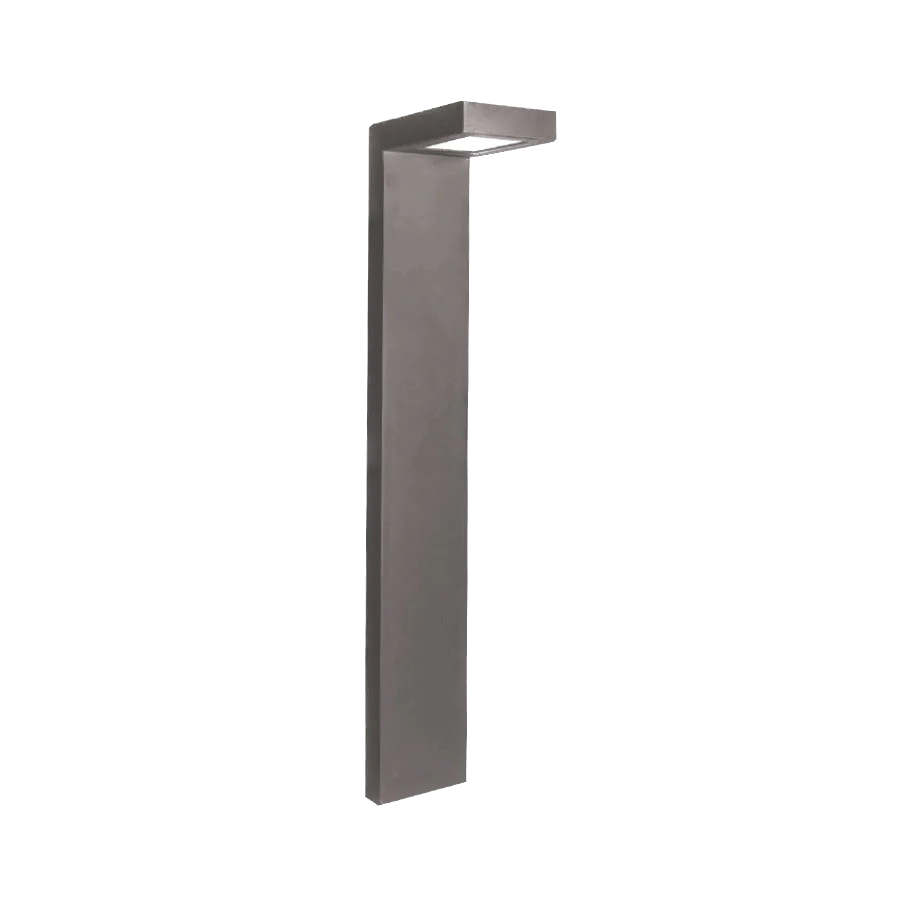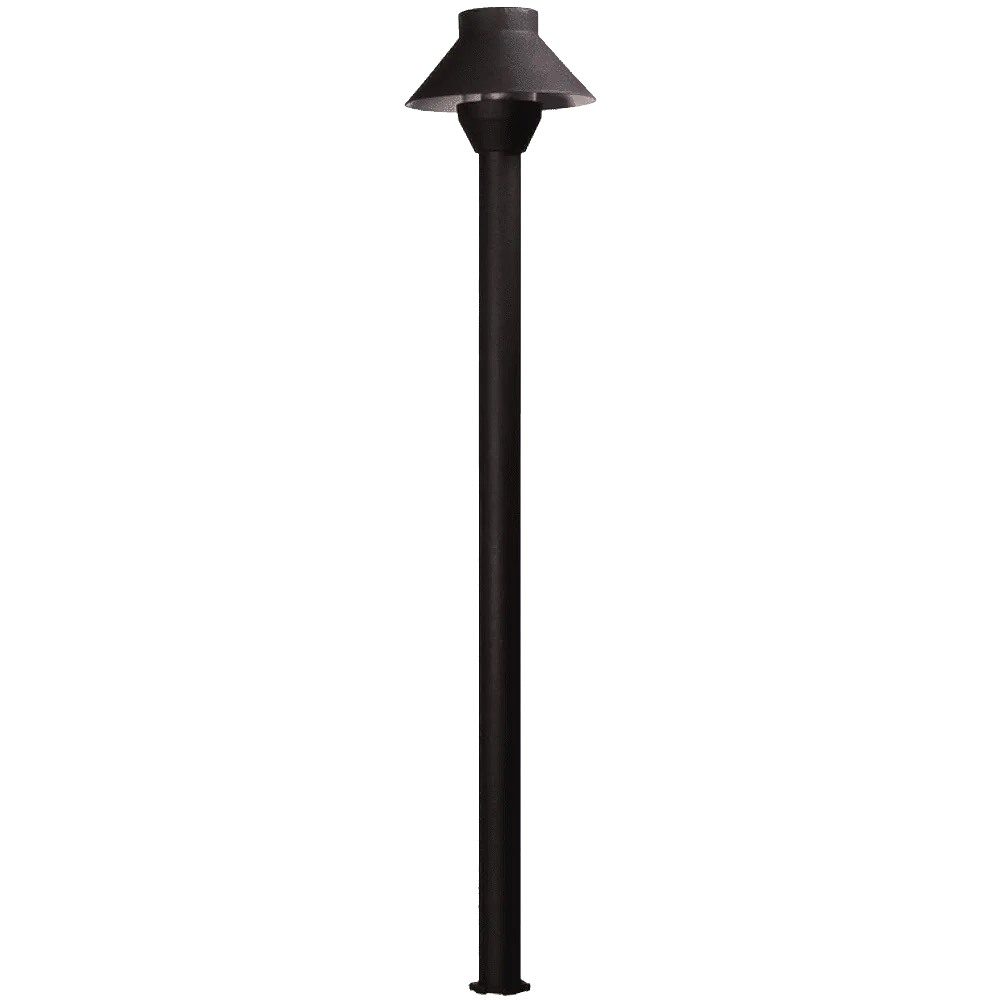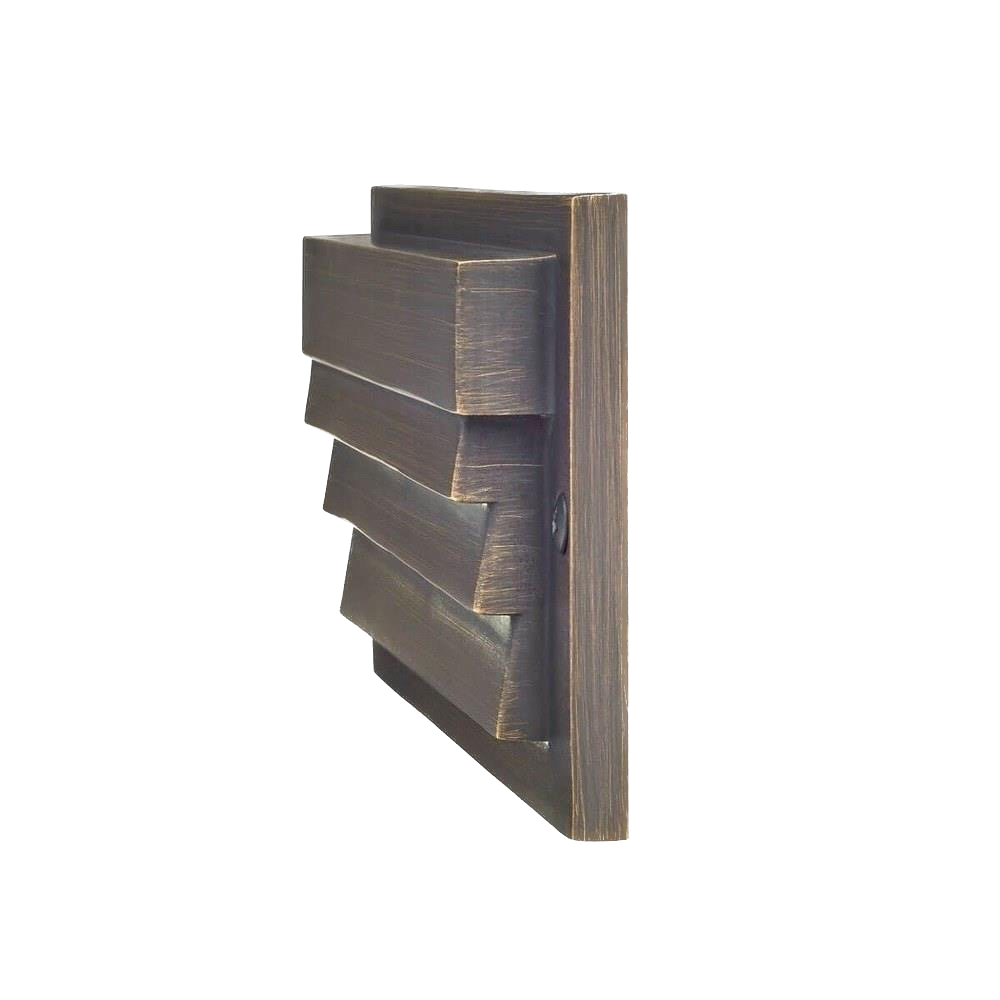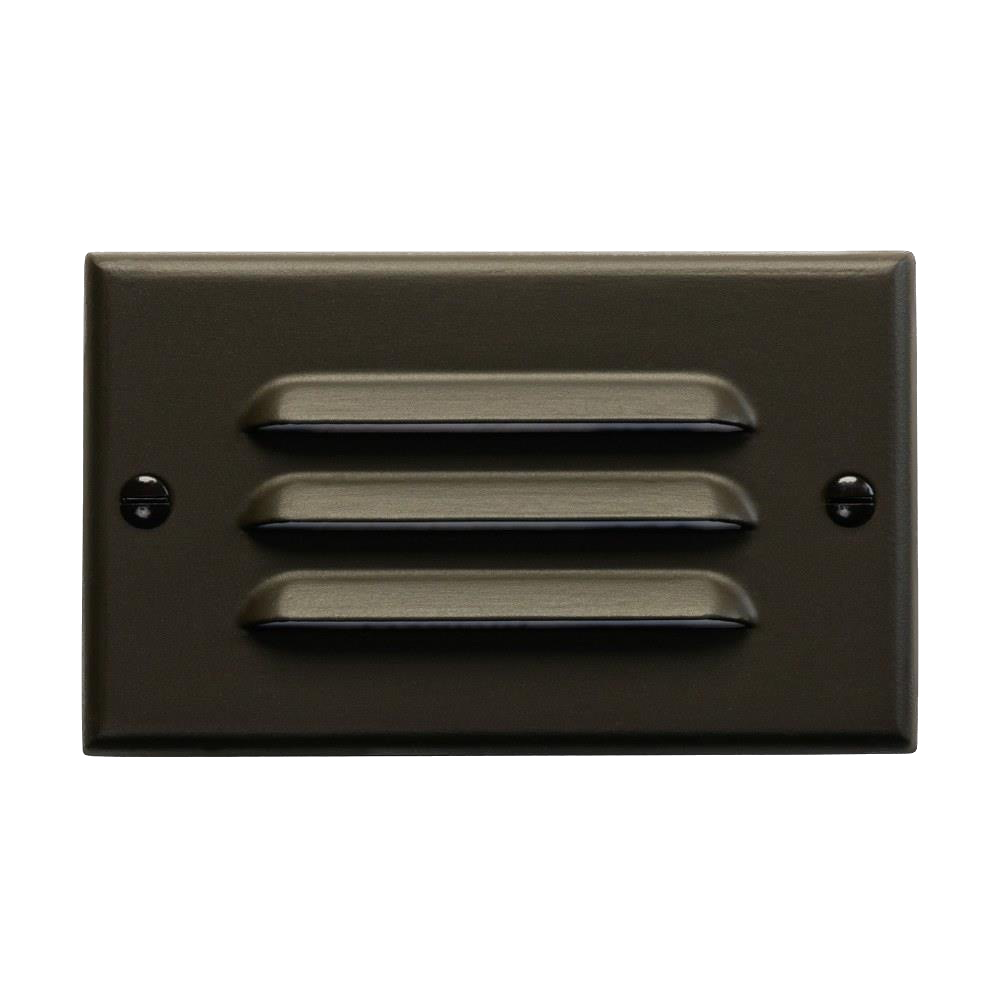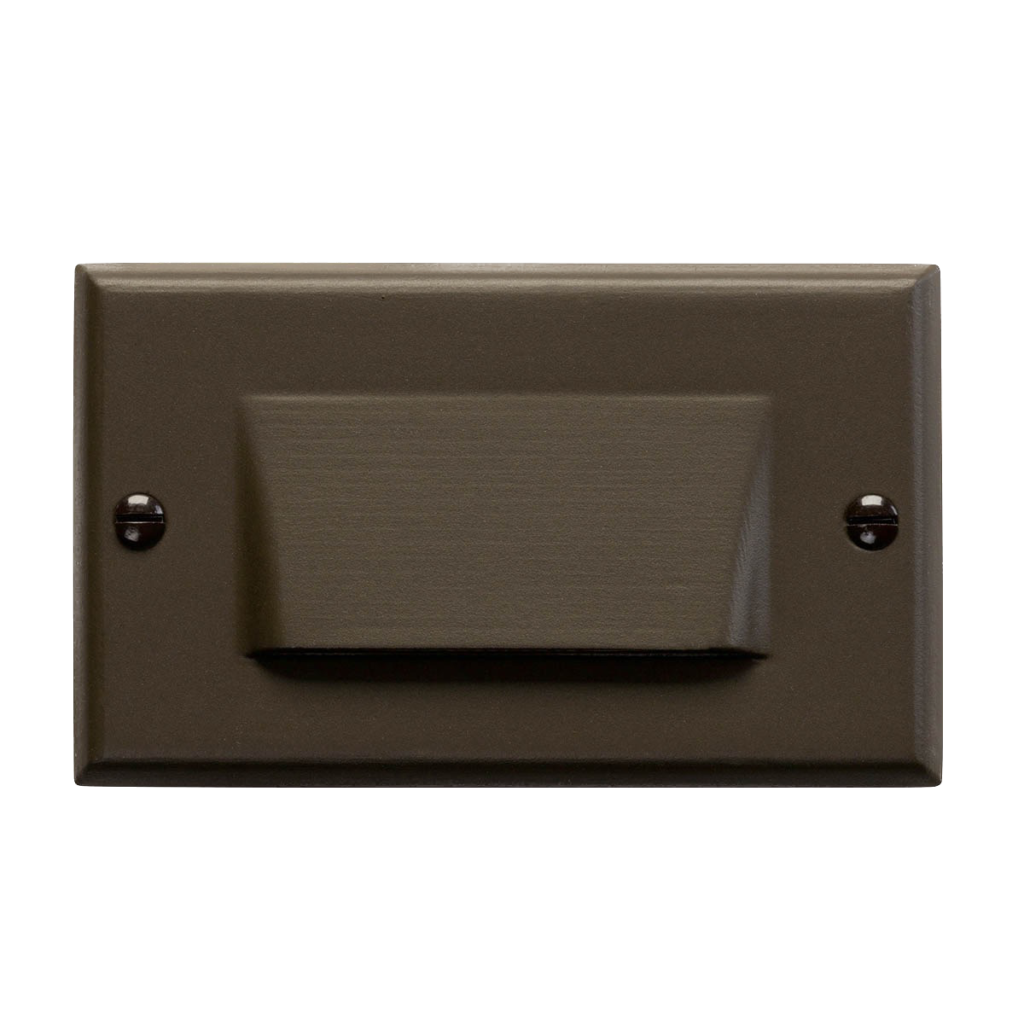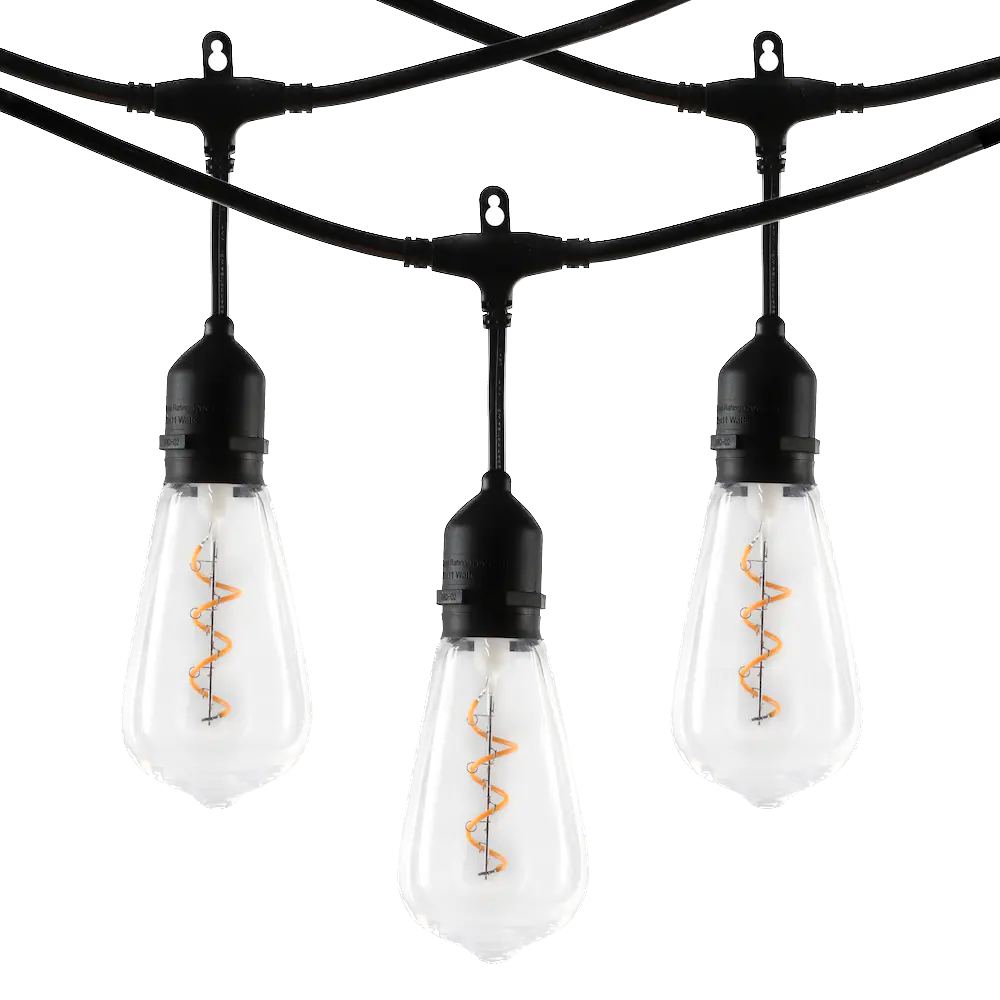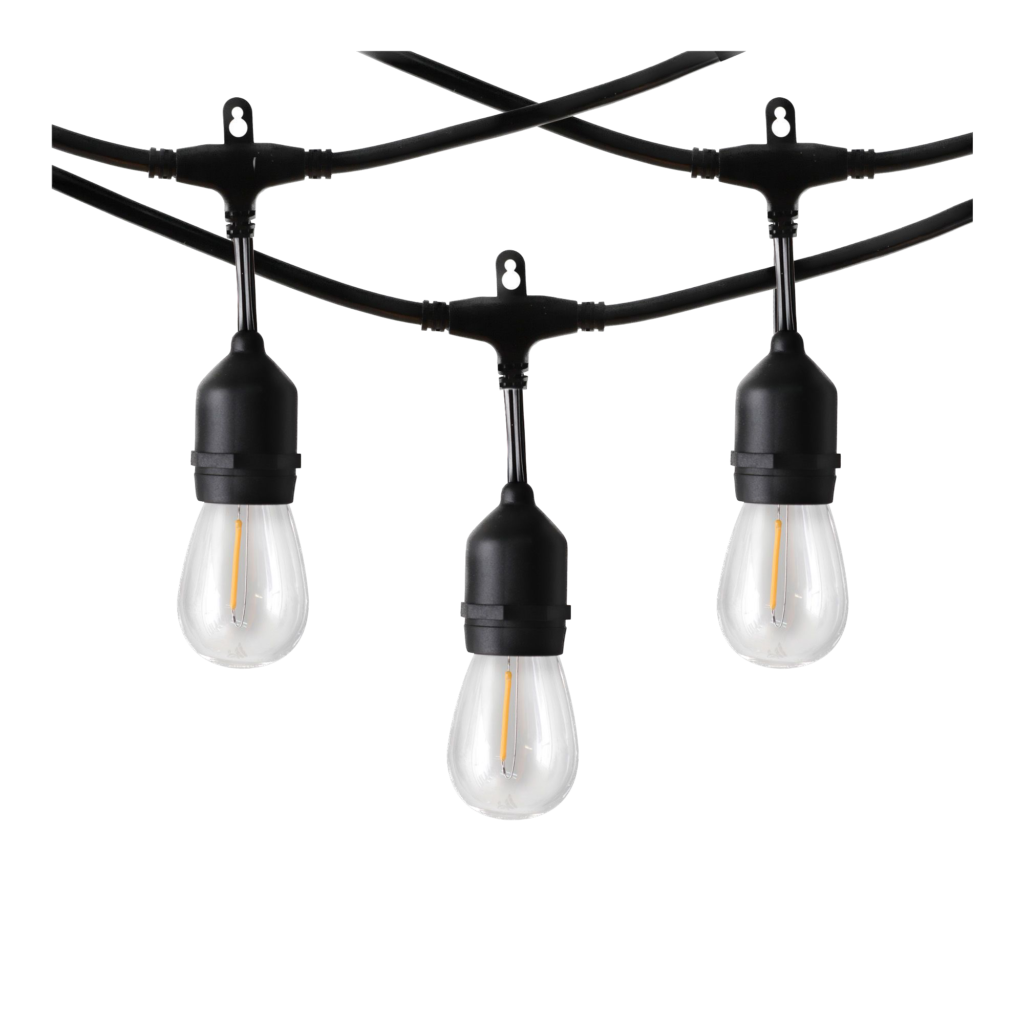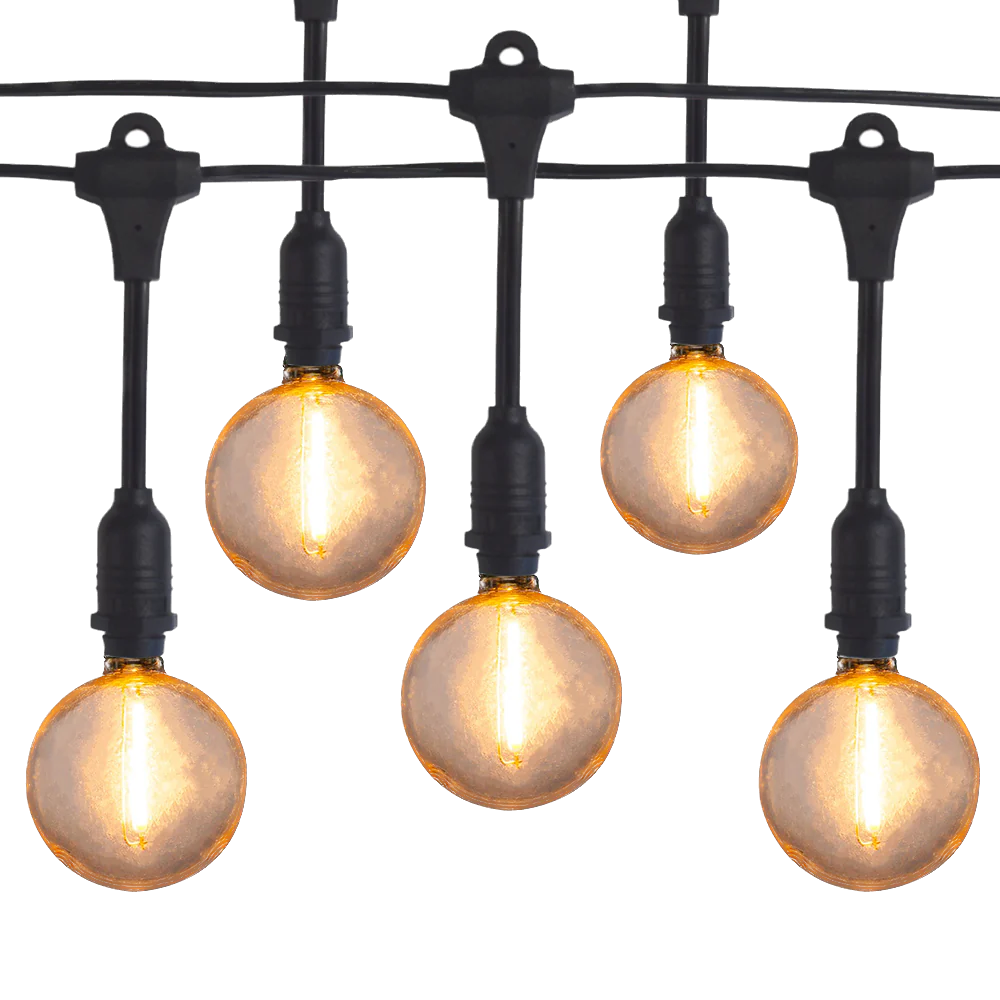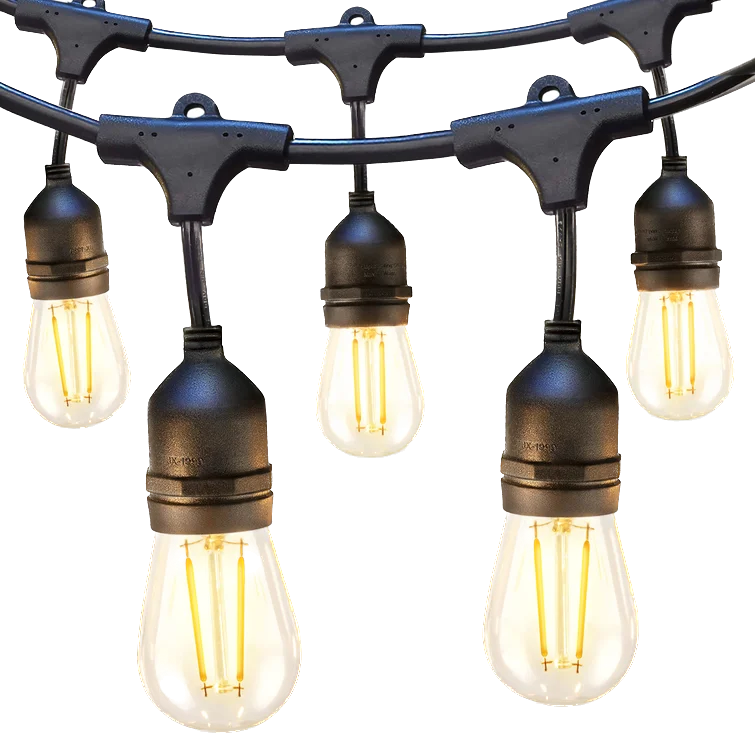Price for Irrigation System Installation in 2024
Irrigation systems are essential for maintaining lush, green landscapes. Here is a little bit of advise about Price for Irrigation System Installation in 2024. However, understanding the cost of installation, repairs, and maintenance can be daunting. This comprehensive guide provides detailed information on the price for irrigation system installation in 2024, covering various aspects such as sprinkler systems, repairs, and maintenance.
Price for Sprinkler System Installation
Cost of Irrigation Zone: Installation typically of a sprinkler system usually entails evaluating each zone separately, with the pricing ranging from $500 to $1,000 per zone. Zones are sections of the lawn that are controlled by the timer and the quantity of the zones depends on the lawns’ size. 4-6 zones are maybe needed for a standard resident tract, which would cost anywhere from $2,000 to $6,000 Large urban lots will have to budget for more zones, thereby increasing the total amount. HomeAdvisor reported that the countrywide mean price of installing a sprinkler system is $2,539, which takes into account the differences of price in terms of locality as well as property size.
Cost of Irrigation Valves: A sprinkler system is not complete without valves and each of them is very important. The price of such valves ranges from $130 to $180 each. Each zone gets the water flow regulated by a valve that has a compact structure. In a regular situation the system can have from 4 to 6 valves which ends up being from $520 to $1,080. However, it all depends on the valve style and quality used in the system. For instance, the more expensive ones have top quality performance and can last for a long time.
Cost of Irrigation Timers: Timers, or controllers, range from $50 to $200, depending on their features and complexity. Basic timers with fewer features will be on the lower end of the price range, while advanced timers with smart capabilities can cost up to $200. Proper installation and programming of the timer ensure efficient water usage, significantly affecting the overall cost. According to the EPA, using a smart controller can save homeowners up to 15% on their annual water bill, making them a worthwhile investment.
Cost of Sprinkler Heads: An average price span of sprinkler heads is $65-$130 each. How many is needed in total will mainly depend on the size and the arrangement of the lawn. As an illustration, a regular lawn may need 20-30 sprinkler heads, which will cost $1,300 to $3,900 in total depending on the situation. Another factor that might affect the cost is other types of sprinkler heads, for example pop-up, rotary, or fixed spray. Such models as sprinklers with adjustable spray patterns and flow rates are more efficient in water saving and have a corresponding higher price.
Cost for Irrigation System Repair
Cost of Irrigation Pipe Repair: Repairing an irrigation pipe can cost between $45 and $150, depending on the severity of the damage and the type of pipe used. A minor leak might only cost around $45 to fix, while a more severe break requiring extensive repair or replacement can cost up to $150. According to a survey by Angie’s List, the average cost of repairing a broken irrigation pipe is about $100, which includes labor and materials.
Cost of Irrigation Valve Repair: Repairing an irrigation valve will generally run you anywhere from $75 to $180. It will start with examining the problem, cleaning the valve, or installing a new one if needed. Thoroughly dealing with problems that go as far as parts and accessories would increase the cost and add dollars to the value. A field research conducted by the Irrigation Association showed that broken valves were the main cause of about 20% of irrigation system failures, which is why regular maintenance and quick repairs are so critical.
Cost of Solenoid Repair: For the replacement of a defective solenoid, you usually have to spend $45 -$95. This price already includes the cost of the solenoid, which can be from $20 to $50 and labor costs which can vary based on the complexity of the replacement. They have a crucial part in the irrigation system this is why we can not overlook them. They play a key role in determining whether valves are open and close. The National Association of Landscape Professionals report that a malfunctioning solenoid can be the main reason for the waste of water, therefore, a timely replacement is a necessity.
Cost of Rain Sensor Repair: Getting a rain sensor repaired or replaced usually ranges between $40 and $290. The cost of a new rain sensor varies between $25 and $75; the labor costs make up the remaining amount. Rain sensors can stop sprinkler systems during the periods of rain in order to avoid over-watering. As per the Irrigation Association, the use of a rain sensor could result in as much as 20% water saving; hence, it is a cost-effective addition to any system.
Cost of Irrigation Timer Repair: Troubleshooting of irrigation timer normally costs $150 and $250. Diagnosing problems with the timer, repairing or reprogramming it. Installing a new one in case of need is part of the service. Timers are critical for water cycle planning; The EPA’s recommendation is to use a well-program timer to save up to a maximum of 15% on the water bills annually.
Cost of Irrigation System Adjustment: The sprinkler system adjustment expense usually ranges from $25 to $70 on average. It is usually done by the heads of sprinklers being properly adjusted and placed at the right degree, the air pressure adjusted and the irrigation schedule for the best water disbursement set. The proper adjustments that are made to the system through the system may conserve the water resources, as well as the prevention of overwatering, which will eventually result in healthier and water-saving plants and lower water bills.
Replacing Sprinkler Head: Replacing a sprinkler head would most likely fall within easy reach of about $65 to $130 per head. The overall price is determined by the sort and quantity of the sprinkler heads being replaced. Besides better water distribution, these improvements also lead to higher costs. As per the views of industry experts, the prompt replacement of the damaged sprinkler heads may lead to savings in the amount of up to 30 percent.
Cost of Relocating Sprinkler Head: The standard price for moving a sprinkler head is generally $50 per head. The cost reflects the labor cost of digging a new trench, laying new pipes, and reinstalling the head in its new position. Proper relocation guarantees that the water is spread out Equally and, thus, no one place is missed due to lack of water or over-watering.
Cost of Fixing Leak in Irrigation Pipe: Fixing a pipe leak in an irrigation system generally costs between $25 and $75. The amount can range quite a bit, from minor leaks to the more severe ones requiring the whole system repair or part’s replacement. Based on a survey by the American Water Works Association, even 25% of water can be saved instantly if the leaks are closed fast which indicates the necessity of this work to be done on time.
Cost of Repairing Leaks: The usual cost of leakage fixing in different segments of the system is usually between $50 and $150. This comprises the process of locating and rectifying water leaks to any other devices like sprinkler heads, valves, pipes and any other components that maybe the cause of the leakage. Via this, it is controlled that household leaks will be cut to approximately 10,000 gallons of water every month and therefore the best strategy that should be adopted is the repair of the leaks.
Repairing Irrigation Connection: Repairing an irrigation connection generally varies between $5 and $35. The service is quite broad and includes checking the connection points, changing the damaged plugs, and securing the connections to prevent future leakages. Regularly serviced connections are first and foremost for the overall efficiency and life expectancy of the irrigation system.
Adjusting Irrigation Schedule: Alteration of the irrigation schedule might need $90. In this case, the workers must reprogram the timer or controller to adjust the watering periods depending on the season what kind of plant that particular area is growing. Besides, the Irrigation Association claims that proper scheduling can reduce water use by up to 20%, leading to considerable savings on water bills.
Cost of Maintenance of Sprinkler System in 2024
Cost of Regular Irrigation Maintenance: From $180 to $260 is the usual plantation draining cost that relates to its regular one annual maintenance. This involves looking at the system, purifying the sprinkler headers, testing valves and timers, and fixing all the adjustments. Regular maintenance prevents major problems and upholds operational efficiency. According to the National Association of Landscape Professionals, routine maintenance can elong the lifespan of an irrigation system up to 30%.
Price for Seasonal Maintenance of Irrigation System: Seasonal maintenance often costs from $90 to $240 each winter. One of the parts that cost money is the preparation of your sprinkler system in the morning and the shut-down of the system in the afternoon, as well as carrying out the semi-annual seasonal inspection and adjustment when needed during the growing season, in which it is made sure to take good care of the plants and keep the irrigation system right for peak watering.
Comprehensive Irrigation Maintenance Plans. Proficient designs of tech repair or renewal may vacillate between $260 and $290 per year. These plans usually give the inhabitants comfort by always being on the safe side of fully maintained, and such the issues, if any, are fixed in a timely manner. Owners saving money on the total repair price of 15% upon a completed life cycle of the system can be the effect of a strategic investment in a comprehensive maintenance program.
Cost of Maintenance of Sprinkler System in 2024
Cost of Regular Irrigation Maintenance: From $180 to $260 is the usual plantation draining cost that relates to its regular one annual maintenance. This involves looking at the system, purifying the sprinkler headers, testing valves and timers, and fixing all the adjustments. Regular maintenance prevents major problems and upholds operational efficiency. According to the National Association of Landscape Professionals, routine maintenance can elong the lifespan of an irrigation system up to 30%.
Price for Seasonal Maintenance of Irrigation System: Seasonal maintenance often costs from $90 to $240 each winter. One of the parts that cost money is the preparation of your sprinkler system in the morning and the shut-down of the system in the afternoon, as well as carrying out the semi-annual seasonal inspection and adjustment when needed during the growing season, in which it is made sure to take good care of the plants and keep the irrigation system right for peak watering.
Comprehensive Irrigation Maintenance Plans. Proficient designs of tech repair or renewal may vacillate between $260 and $290 per year. These plans usually give the inhabitants comfort by always being on the safe side of fully maintained, and such the issues, if any, are fixed in a timely manner. Owners saving money on the total repair price of 15% upon a completed life cycle of the system can be the effect of a strategic investment in a comprehensive maintenance program.
Cost of Drip Line
What is an Irrigation Drip Line: Drip lines refer to a watering method that directly brings water to the root of plants by a number of tubes and emitters. It is the one that uses the water very efficiently by sending the water to the root areas of the plants. At the University of California Cooperative Extension drip irrigation can reduce water usage which accounts for up to 50% more than the traditional sprinklers do while also providing water to the plants only to the roots.
Cost of Drip Line Installation: An average drip line installation costs about $300 – $1,200. The size of the area being irrigated, the type of emitters used, and the complexity of the installation are the major cost variables. For one a small garden may be as cheap as installing a simple $300 drip line system, while on the other hand, a garage may need a larger, more complex setup which will cost $1,200.
Cost of Drip Line Maintenance: It is a typical cost to run a drip line of about $50-200 a year. This entails the work of inspecting the lines for clogs or damage, cleaning or replacing emitters and ensuring that the system operates efficiently. Regular maintenance can prevent common issues like clogging and therefore it will reduce the system failure.
Why Some Contractors Give Much Lower Prices than Others
Some contractors tend to give lower prices by taking short cuts, using lower-quality materials, or hiring laborers who are not that experienced. Although, in the beginning, the price may seem appealing, the practices, however, can cause greater costs to the company on a long-term basis owing to constantly needed repairs and replacements. The Sprinkler Company Inc. gives a warranty and certified technicians who are in charge of the provision of high-quality work. They are charged for the time they have spent, their professional knowledge, and the company’s liability, which is the installation warranty that lasts for 5 years, is exclusive of parts. Although this support is not free, the telemetering system and the company itself will make it worthwhile in the long run as you will be getting the help that you need easily ensuring a steady flow of sprinklers at your place and thus stress-free living.
How Much Does Water Cost for Sprinkler System Per Month?
Water Cost Calculations: The cost of water for a sprinkler system widely fluctuates because of regional differences, land areas, and public water cost. For example, water charges for each cubic meter in the Greater Toronto Area lay in a narrow band from $4 to $6. A family lawn might use around 20 cubic meters of water per month. In Toronto, it would cost $80 to $120 for this purpose. The situation in Mississauga, however, is the same, and this cost is in line with Toronto, where rates are about equivalent. In Oshawa where rates could be a little bit higher the cost might be in the range of $100 to $120 per month.
Cheap Irrigation Systems
DIY Irrigation Systems: DIY irrigation systems are a cost-effective option, typically costing between $100 and $500. These systems are suitable for small gardens or lawns and involve basic components like hoses, sprinklers, and timers. However, they often lack the efficiency and durability of professionally installed systems. According to industry experts, DIY systems can lead to up to 50% water loss due to leaks and inefficient watering patterns.
DIY Irrigation Systems: The DIY irrigation system will save you a lot of money, the range of pricing is $100 to $500. They are great for small gardens or lawns and consist of hoses, sprinklers, and timers that are the primary components of these systems. Yet, they do not guarantee that the quality will be similar to or better than the professional systems. On the other hand, expert opinion state that personal-taught irrigation solutions are likely to be laissez-faire at best with the water lost to them due to leakages or incorrect water levels of up to 50%
Long-Term Costs and Benefits: Investing in a high-quality irrigation system can provide long-term benefits, including lower water bills and reduced maintenance costs. While the initial cost might be higher, the savings on water and repairs can make it a more economical choice in the long run. According to a study by the Irrigation Association, efficient irrigation systems can reduce water usage by up to 20%, translating into substantial savings for homeowners.
FAQs
How often should I inspect my irrigation system? Proper functioning of machines relies on regular checks in which all parts should be in good working condition. Regular checks allow us to see and fix snags early preventing significant problems and ensuring a smooth run.
What tools do I need for irrigation system repairs? Some of the most common tools are pipe cutters, wrenches, PVC cement, and a multimeter used for electric parts. Proper use of tools will lead to an increase in productivity, which will help to avoid any downtime and repair possible damages.
Can I repair my irrigation system myself? Definitely, most irrigation issues can be solved easily only if you take a few simple steps. DIY repairs are not a strong suit of the owners, so, if they get to the point they can successfully fix something on their own they will feel proud and they will save some cash. The last option is to contact a professional who knows how to repair the system correctly albeit in a more expensive way will be the result if you do not.
How do I know if my solenoid is faulty? A solenoid that is dysfunctional can be the reason some zones are kept open or shut down. Use a multimeter to see whether there is continuity of current. In the case that the power is not supplied to the solenoid or it is a malfunctioning circuit, the solenoid has to be changed.
What should I do if my irrigation timer is not working? Reset and reprogram the timer. If the problem proceeds, you could think about setting yourself up a whole new one. Proper timers are the crucial elements for the construction and maintenance for a good irrigation schedule.
Are smart irrigation controllers worth the investment? Yes, smart irrigation controllers relying on the latest technology can in fact be your primary ally in water saving and money management by adjusting your irrigation schedule based on the current weather and your land characteristics. Instead of manual adjustments, technology now allows for automatic water dispense and the the system is responsible for maintaining the right water levels to the plants and also conserving water.
Conclusion
Getting a grasp of the costs concerning irrigation system installation, repairs, and maintenance of 2024 will really help you to make well-grounded decisions. By studying the particulars of the cost of various items and services and understanding about how much they will cost, homeowners can come up with good plans on how to spend their money and be sure their irrigation systems will work well to some extent. Regular maintenance and timely repairs which not only save water and decrease costs but also make your landscape be healthy and beautiful. Call us to ask about Price for Irrigation System Installation.
We hope that you found answer on How to Fix Common Irrigation System Problems
Our Partner


